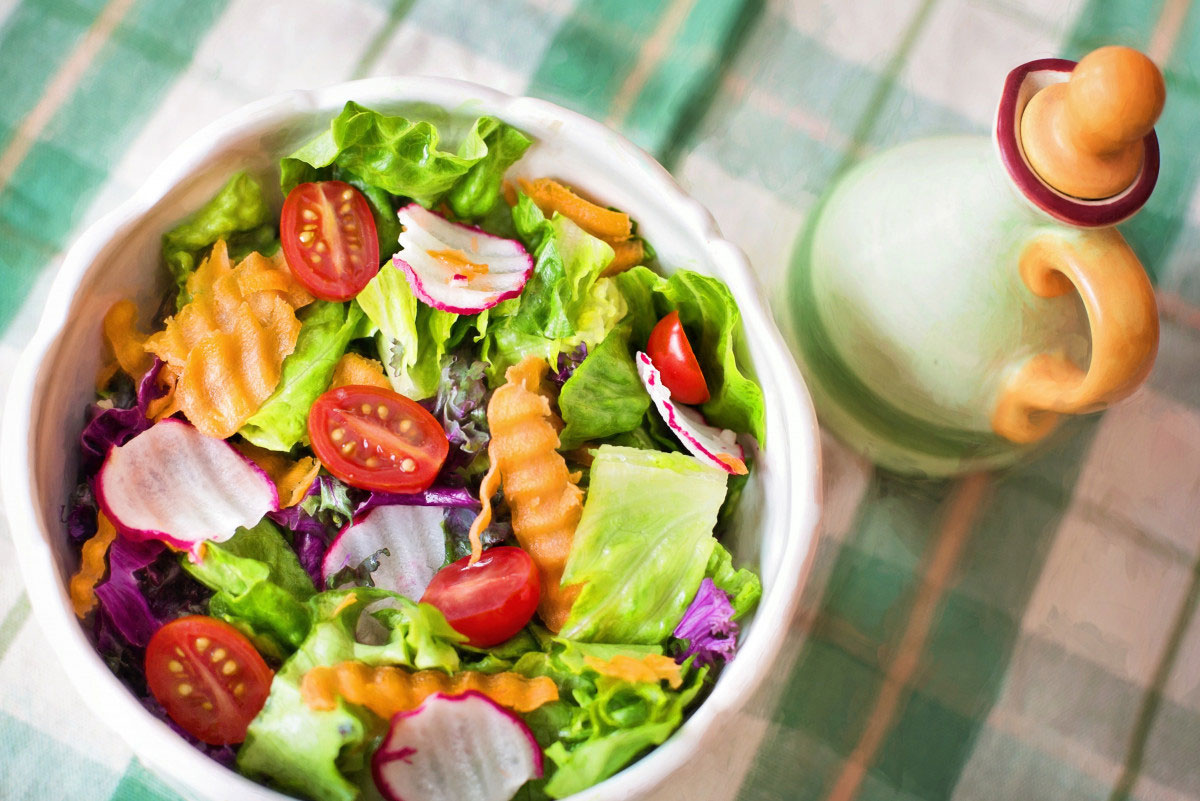The logic for the best diet
How do we stay disease-free and healthy? Read on to know which diet can work for you.
Amidst fads of weight-loss diets and a lack of understanding that not all calories are created equal, we forget that changing the way we eat targets every aspect –emotional (brain nutrients), physical (fat loss), disease-specific (reduction in inflammation) and spiritual (cleansing). So what is the best diet or combination that can help us stay disease-free and fulfil all the above? Is there truly an elixir of youth?
Many diets have been explored for this: the Mediterranean diet, the Japanese diet and the French Paradox. The Mediterranean diet has shown serious cardiovascular benefits, however, these were felt only in the upper class. This is because in the lower economic strata, consumption of grains is higher and fruits, vegetables and olive oil, which are more expensive but more effective, is lower. In the French paradox, red wine and cheese (a combination of inflammation reduction and higher BMR due to protein in cheese) are linked to a slimmer waistline and consumption of red wine is linked to a healthier heart. But not everyone can consume these.
For me, the traditional Japanese diet wins hands down. Across centuries, it has reduced the rate of disease to a mere three percent for traditional Japanese, and this remains so till date. Disease, obesity and early ageing are seen only where pockets of western food exist. So what can we learn from the Japanese about staying smart, lean, agile and disease-free? Here are my learnings:
Traditional Japanese diets do not have lentils
Even though lentils and pulses are touted as the best vegetarian proteins, they are acidic. They have been linked to an increase in uric acid, bone pains and acidity. If we replace lentils with wheat/white bread or chapatis, there is modest weight loss and heart benefits. While lentils and pulses win hands down in comparison to wheat, on on their own, they will increase uric acid and pain levels.
Traditional Japanese diets do not have wheat
Brown rice is a staple in the traditional Japanese diet. Wheat increases inflammation in the body and is harmful to the gut. Including wheat in the diet increases hormonal imbalance, type 2 diabetes, heart conditions, digestive issues, autoimmune diseases, etc., and there is a plethora of research to prove that.
The Japanese meal size is small
Gorging is not part of the Japanese culture, unlike the western (or even Indian) plate sizes. They believe in small portions and a delicacy in their eating. They take time to eat those small portions.
They drink jasmine or green tea with their meals. These teas boost immunity, kill cancer cells and help in the prevention of diabetes. Combined with meals, they reduce toxins in every food that enter due to our food chain: preservatives, chemicals and residues.
The Japanese meal is balanced
A typical Japanese plate will have grilled fish such as salmon or mackerel (both oily fish with abundant heart, memory and eye health benefits), brown rice, sautéed vegetables that are still crunchy and haven’t lost their nutrient value by overcooking, a small bowl of miso soup, green tea and a piece of fruit. Their vegetables include seaweed, broccoli, cauliflower, cabbage and kale, all of which reduce the risk of cancer. Fresh soy is always a part of the diet as miso or as tofu, and boiled eggs are often tossed into their soups or form a part of breakfast. They have pork in abundance (by their standards it’s abundance, but the portion size is just 100 gm occasionally). While red meat is the only “bad” element, because everything else is healthy, it gets negated. Miso, the fermented seasoning that goes with every Japanese meal, also ensures that good bacteria helps absorb nutrients from the food they eat, hence making each meal rich and satisfying without the oil, ghee and butter.
So the next time you want to modify your diet to lose weight, reverse diabetes or strengthen your heart, just go Japanese. Eat small; eat the right proteins like tofu, eggs and fish; have the right carbohydrates like brown rice (or even millets), eat lots of healthy vegetables and enjoy a slice of papaya or melon as dessert. And you will slowly turn back the ageing clock of disease!

